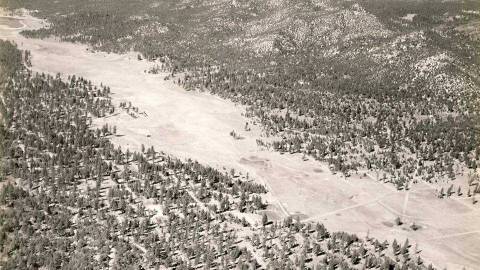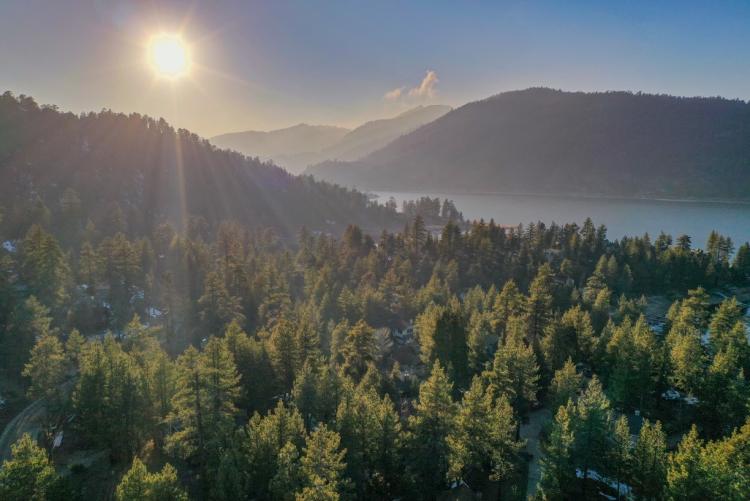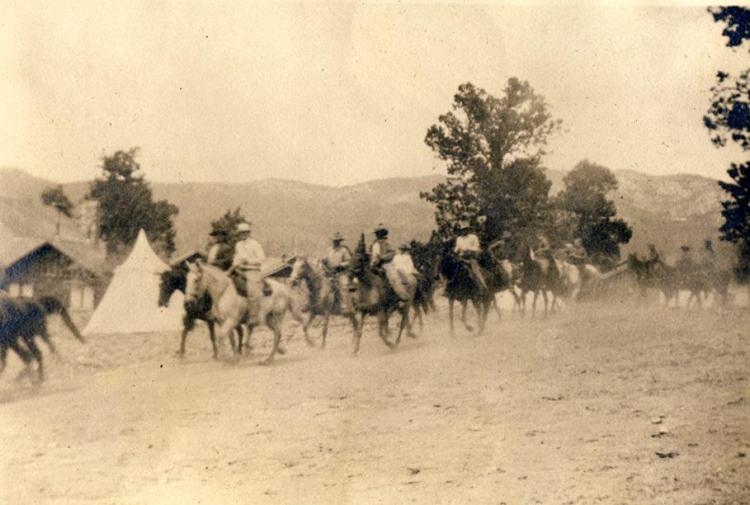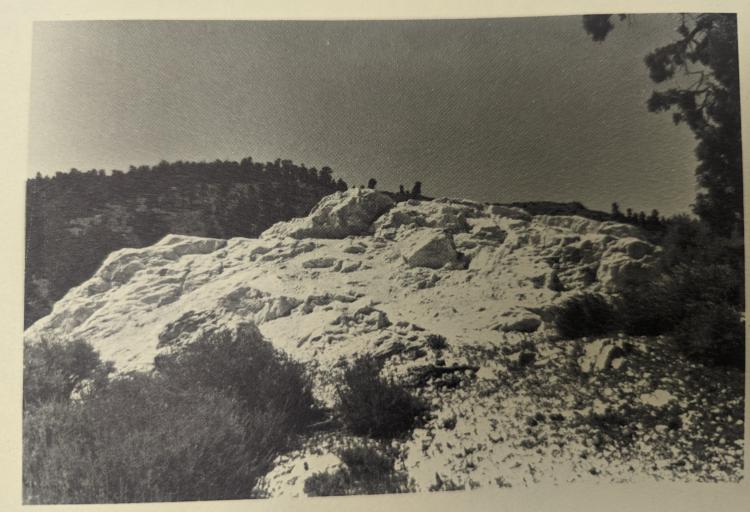
Yuhaaviatam - The Original Mountain Men
Posted: 11/05/24
Get to know our Valley's indigenous inhabitants during Native American Heritage Month
Today, Big Bear Lake is a top vacation destination in Southern California made popular by its extensive outdoor activities, natural environment, and leisurely pace of life. In town, Big Bear reflects a cozy mountain vibe with log cabins and alpine accents. You can even catch subtle Wild West features that represent the Valley's rich gold mining history.
Other areas like Serrano Campground reflect an even earlier time when the Yuhaaviatam clan - called Serrano by Spanish explorers - called this Valley home. Meaning “People of the Pines”, the Yuhaaviatam inhabited Yuhaaviat, the present day Big Bear Valley. Today they are the San Manuel Band of Mission Indians.

For over 2,000 years, the Yuhaaviatam thrived in the Valley as a self-sustaining community. The land they lived on and the resources it provided were sacred. Acorns, pinion nuts, beans, berries and game such as deer, birds, and fish were staple food sources and shelters were constructed from natural materials.
Long before the arrival of European settlers, our ancestors lived in harmony with the land across the highlands, passes, valleys, and mountains in and between the southwestern Mojave Desert and Inland Empire region in what is now Southern California...Our people held sacred everything the land provided. San Manuel Band of Mission Indians

In the 1700 and 1800s, a combination of the California Mission System, the expanding agricultural industry, and the start of the Gold Rush caused drastic changes in the Southern California landscape. New settlers created ranches, farms, and mines and wanted to establish ownership of the land. As a result, indigenous people were viewed as a nuisance and were often the victim of harsh treatment and violence.
The Yuhaaviatam remained in the Big Bear area until the mid-1800s when a series of violent conflicts drove them from the Valley. The Kiika’ - tribal leader - Santos Manuel, led them into the San Bernardino Valley where the San Manuel Reservation was established in 1891. There, the community has established a new way of life that honors their culture, language and traditions.

Still a sacred site of the Yuhaaviatam, God's Eye in the Baldwin Lake area was dynamited by miners in search for gold. Photo Cred: Tom Core